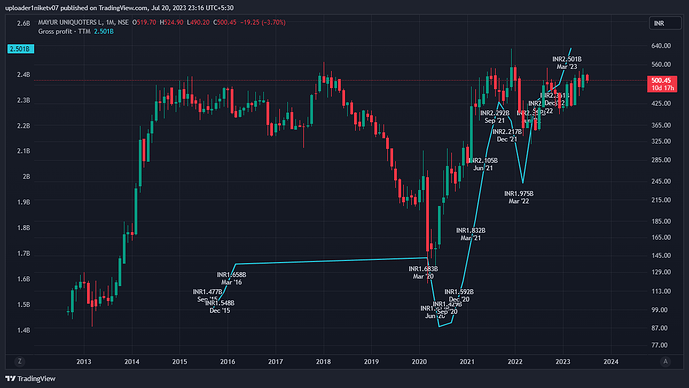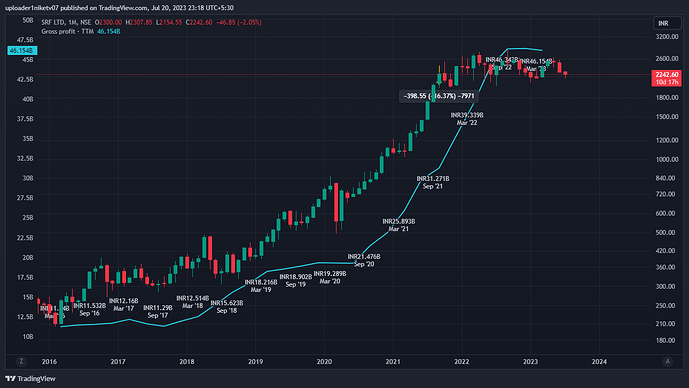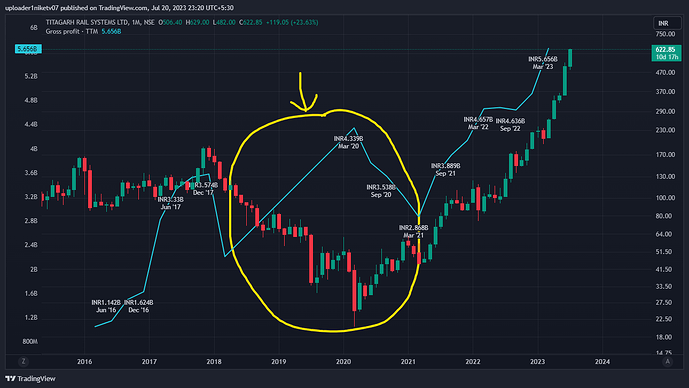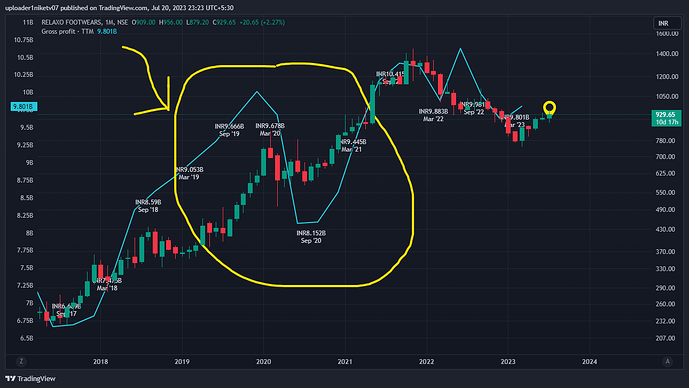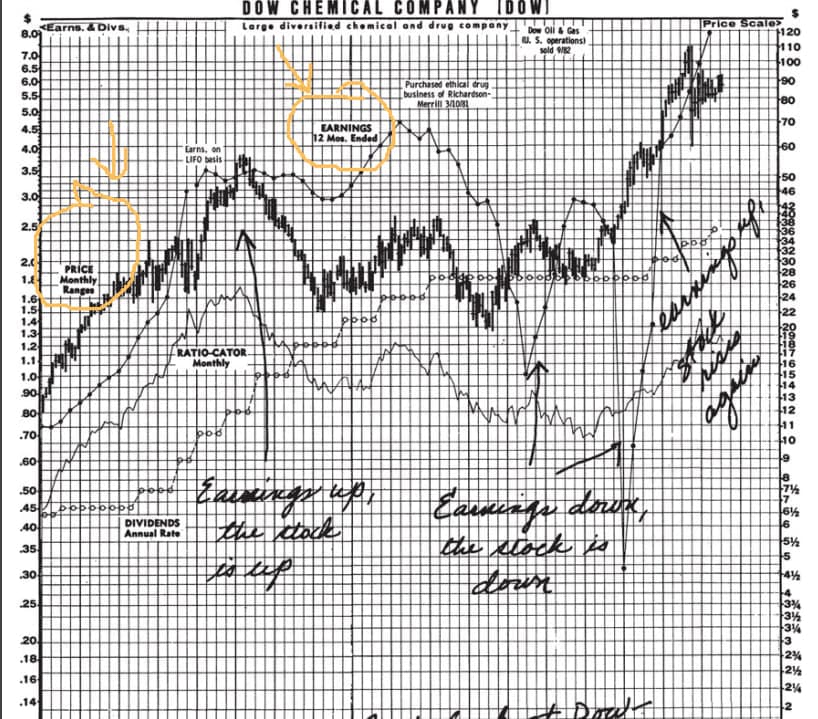Notes to One Up On Wall Street
By: Peter Lynch with John Rothchild
1). “Only invest what you could afford to lose with out that loss having any effect on your daily life in the foreseeable future.” Lynch explains that when investing in Common Stocks, one must be prepared to invest for at least a 5 year period. He indicates that companies do hit “banana peels” and that these drops can occur for long periods of time.
2). Necessary qualities of an investor in order to succeed. Of course this would include an investment advisor.
A. patience.
B. self-reliance
C. common sense
D. open-mindedness
E. tolerance for pain
F. detachment
G. persistence
H. humility
I. flexibility
2
J. willingn ess to do independent research
K. an equal willingness to admit to mistakes
L. ability to ignore general panic
3). Many investments could be right under your nose. Lynch discusses a physician who is very enthused about a certain product he has been writing prescriptions for. He stresses that if you love a company or a product, you should not run out an d buy the investment, but you should run out and start learning about the company, as it may become a potential investment. He calls this "taking
advantage of what you already know."
4). Some items to remember:
A. look for companies that are off the radar scope. These could become the future 10 baggers.
B. invest in companies, not the stock market.
C. igno re short term fluctuations
D. Invest in a house before you invest in the stock market. I am writing this on February 1, 2005, I don’t necessarily agree with this principle at the moment, as I believe we may be in a massive housing bubble. Yet, my profession is investing in companies, not in houses, hence I am not qualified to give housing advise, and at the same time, over 1/ 2 of my net worth is tied up in my house. (Ronâs note on 6/21/11 looks like I was correct on the housing bubble.)
E. Large profits can be made in common stocks.
F. Large losse s can be made in common stocks.
G. Predicting the economy is futile.
H. The average person is exposed to interesting local companies and products years before the professionals.
5). Investing without research is like playing poker and never looking at the cards.
6). “If you find a stock with little or no institutional ownership, you’ve found a potential winner. Find a company that no analyst would admit to knowing about, and you’ve got a double winner.”
7). “If I could avoid a single stock, it would be the hottest stock in the hottest industry…”
The Final Checklist (This is not his entire list. The following are merely reminders to
me of things I certainly want to look at).
1). Stocks in General
3
A. look at P/E ratio
B. percentage of inst itutional ownership, the lower the better.
C. Insider activity
D. record of earnings growth, look at whether they are consistent or sporadic.
E. Look at balance sheet, debt-equity levels.
F. Look at cash position.
2). Slow Growers - large and aging companies, that are expected to grow slightly faster than the GNP.
A. generally bought for divi dends. Find out how often dividends are raised.
B. look at dividend payout ratio.
3). Stalwarts - Large companies that grow slightly fast er than slow growers. Lynch names a few as Coca-Cola, Bristol-Meyers, Procter and Gamble.
A. Look at price and P/E.
B. Look for possible “diw orsifications” that can reduce future earnings.
C. Look at long term growth rate (CAGR)
D. Look how company ha s faired in recessions and market drops.
4). Cyclicals - Companies whose revenues and profits rise and fall in a fairly predictable fashion.
These are companies, for example, in the airline, auto, steel, tire industries.
A. Look at in ventory. Look for new competition.
B. Look at various P/E. Look at the various cycles of revenue growth and shrinkage, and compare the P/E during those periods.
5). Fast Growers - “small, aggressive new enterprise s that grow at 20 - 25% per year.”
A. Be wary of companies that are growing in excess of faster than 25% annually.
B. Can the company continue its growth rate?
4
C. Is the P/ E, near or at its growth rate?
D. few institution s and analysts could be a plus here.
6). Turnarounds - potential fatalities. No growers, "battered, depressed, and often can barely
drag themselves into Chapter 11."
A. Can the company survive the creditors and covenants?
B. Is business coming back?
C. Look at potential and will stockholders benefit from that potential.
7). Additional pointers from Lynch.
A. “Long shots almost never pay off.”
B. “Look for companies with niches”
C. “Look for companies that consistently buy back their own shares”
8). Final Thoughts
A. A sharp mark et decline is the historical norm.
B. market declines are great opportunities to buy stocks in companies you like.
C. Trying to predict the market direction is nearly impossible.
D. You do not have to be correct a majority of the time. I often use the following analogy in investing. If you are playing baseball in the major le agues, and say you have a 20 year career, of which
during that 20 year career, you managed to get an out 67% of the time, you would still probably end
up in the hall of fame for your batting skills and consistency.
E. It takes years to produce big results.
F. Just because the price goes up doesn’t mean you are correct.
G. Just because the pr ice goes up doesn’t mean you are wrong.
H. Selling an outstanding fast grower because its stock seems slightly overvalued is a losing technique.
5
I. There is always something to worry about.
J. Keep an open mind to new ideas.
June 15, 2011 Additional Notes for reference.
1). âIâm more interested in how many stocks went up versus how many went down. These so-called advance/decline numbers pain a more realistic picture.â
2). âWhen you sell in desperation, you always sell cheap.â
3). âIn spite of crashes, depressions, wars, recessions, ten different presidential administrations, and numerous changes in skirt lengths, stocks in general have paid off fifteen times as well as
corporate bonds, and well over thirty times better than Treasury bills.â
4). âIâd love to be warned before we go into a recession, so I could adjust my portfolio. But the
odds of me figuring it out are nil.â âThe trouble is the bells never go off. Remember, things are never clear until itâs too late.â
5). âThey were too busy building shelters for the next earthquake.â Referring if you are too busy trying to protect yourself from a disaster, you will miss the next opportunity. Rarely do the same disasters occur twice.
6). âPredicting the economy is futile.â
7). âPredicting the short-term dire ction of the market is futile.â
8). âHaving an edge will help you make money in stocks.â
9). âIn the stock market, one in the hand is worth ten in the bush.â
10). âI always keep some stalwarts in my portfolio because they offer pretty good protection during
recessions and hard times.â
11). âIf you find a stock with little or no institutional ownership, youâve found a potential winner.
Find a company that no analyst has ever visited, or that no analyst would admit to knowing about,
and youâve got a double winner.â
12). Chapter 18 in 'One Up On Wall Street," The Twelve Silliest (and Most Dangerous)
Things People Say About Stock Prices.
It’s taking too long for anything to ever happen. I scribbled in the book last week, " Microsoft June 2011?"
Lynch writes, “If you give up on a stock because you’re tired of waiting for something wonderful to happen, then something will begin to happen, the day after you get rid of it. I call this post divestiture flourish.”
6
Lynch discussed Merck, “which went nowhere from 1972 to 1981, even though earnings grew steadily at an average rate of 14% a year.” “Who knows how ma ny investors got out of Merck because they were tired of waiting. If they kept up on the story, th ey wouldn’t have sold. It shot up fourfold in the next five years.”
âIt takes remarkable patience to hold onto a stock in a compan y that excites you, but which everybody else seems to ignore."
13). The Two-Minute Drill - âI like to be able to give a two-minute monologue that covers the reasons Iâm interested in it, what has to happen for the company to succeed, and the pitfalls that stand in its path.â
Here are some examples of The Two-Minute Drill:
If itâs a slow growing company â âThis Company has increased earnings every year for the last ten, it offers an attractive yi eld; itâs never reduced or suspended a dividend, and in fact itâs raised the dividend during good times and bad, including th e last three recessions. Itâs a telephone utility, and the new cellular operations may add a su bstantial kicker to the growth rate.â
If itâs a cyclical company â Your script revolves around business conditions, inventories and prices. âThere has been a three-year business slump in the auto industry , but this year things have turned around. Care sales are going up across the board for the first time in recent memory. I notice XYZ models are selling well. There has been cost cutting and earnings are about to turn sharply higher.â
If itâs an asset play â What are the assets and what are they worth? âThe stock sells for $8, but the videocassette division alone is worth $4 per sh are, and the real estate is worth $7. Thatâs a bargain in itself, and Iâm getting the rest of the company for minus $3. Insiders are buying, and the company has steady earnings, and there is no debt to speak of.â
If itâs a turnaround â Has the company gone about improving its fortunes, and is the plan working so far? Describe the turnaround, what has occurred, key elements, such as potential insider buying, logical changes in the business, perhaps a credit upgrade.
If itâs a stalwart - The key issues are the P/E ratio and other metrics. âWhat, if anything, is happening to accelerate the growth rate?â âCoca-Cola is selling at the low end of its P/E ratio. The stock hasnât gone anywhere for two years. The company has improved itself in several ways. It sold half its interest in Columbia Pictures to the public . Diet drinks have sped up growth dramatically.
International drinking patterns are increasing dramatically. The company has bought out many of its independent regional distributors. Now the company has better control over distribution and domestic sales. Because of these factors, Coca-Cola may do better than people think.â
If it is a fast grower - Where and how can the company continue to grow so fast?
14). âElectric Utilities are the major dividend payers. In periods of slow growth they donât need to build plants or expand their equipment and the cash piles up. In periods of fast growth the dividends are lures to attract the enormous amounts of capital that plant construction requires.â
15). Growth Rates - âAll else being equal, a 20-percent grower selling at 20 times earnings is a much better buy than a 10-percent grower selling at 10 times earnings.â
7
16). When to sell? )- Pay no attention to external economic conditions, except in a few obvious circumstances when you are sure that a specific business will be affected in a specific way. He gives an example of when oil prices drop; it has an obvious effect on oil drillers, but not on pharmaceutical companies.
Examples of When to Sell
Slow Grower - He mentions he does not own a lot of thes e. He sells when there has been a 30 â 50
percent appreciation, or when the fundamentals have deteriorated. Perhaps the company has lost market share for two consecutive years. Or, there are no new products and research and development has been curtailed. Perhaps acquisitions seem to look like diworsifications. Perhaps the company has gone too much into debt via an acquisition, and the company has gone from no debt to a heavy debt load.
Stalwart - He frequently replaces these with other stalwarts. Look at the long term fundamentals. If P/E gets too high from its normal range, sell it. Other signs might be:
A. Recent new products had mixed results. Or, products in the testing stage are a year
away from the marketplace.
B. The stock has a P/E that is greater than an d not relative to similar quality companies in its industry.
C. No insider buying in the last year.
D. A major division that contributes 25% of earnings is vulnerable to an economic slump which is taking place. (I should have seen this as we were buying financials after the stocks dropped, but before we saw the affect on earnings and such.)
E. The companyâs growth rate has been slowing down, and though it âs been maintaining profits by cutting costs, future cost-cutting opportunities are limited.
Cyclical - He discusses the strange rules of cyclicals, and the need to understand these rules. Best time to sell a cyclical is when something has actually started to go wrong. Costs have started to rise.
Existing plants are operating at full capacity, an d the company spends money to add to capacity.
Obvious signs are the building of inventories. Always pay attention to inventories.
âFalling commodity prices is another harbinger. Usually prices of oil, steel, etc., will
turn down several months before trouble shows up in the earnings.â
Competition businesses are also bad for cyclicals. The outsider will win by cutting
prices, which forces all companies to cut prices, which leads to lower earnings for all producers in the
industry.
Fast Grower - Watch for the end of the second phase of rapid growth. Yet, the trick is not to
lose the potential tenbagger. If you bought the company because your kids love the store or such, and then all of a sudden they say the store is no longer good, look to se ll the company. Or if 60% of the
shares are held by institutions, and three national ma gazines have fawned over the CEO, or if many of the analysts are giving the stock their highest recommendation, then it is time to think about selling.
Look for absurdly high P/Eâs th at reach illogical dimensions.
8
Turnaround - Time to sell when the company has turne d around. All the trouble is over and everyone knows it. The company has now become a sl ow growth or cyclical, or whatever. âYou have to reclassify the stock.â Or perhaps debt levels whic h were falling are rising, or inventory is rising at a rate of twice that of Sales, or the P/E is inflated re lative to growth prospects. Most importantly for me to remember, âThe Companyâs strongest division se lls 50% of its output to one leading customer, and
that leading customer is suffering from a slowdown in its own sales.â
Asset Play - âWait for the raider.â âAs long as the company is not going on a debt binge, you will want to hold it.â Other reasons can be dilution, or a company expecting to sell a division for one price, and it sells for substantially less than that. He also cites a material increase of institutional ownership.

